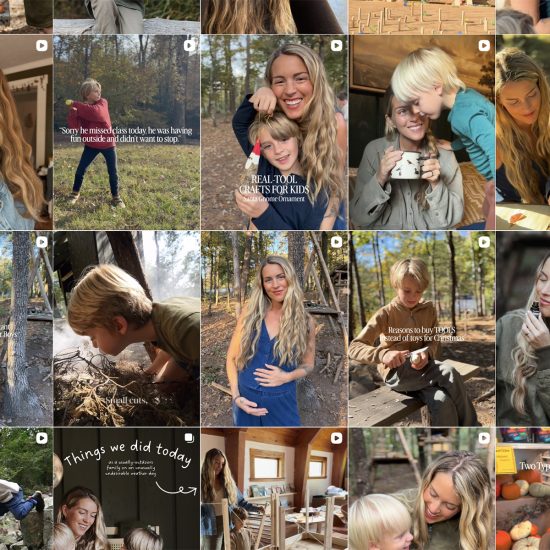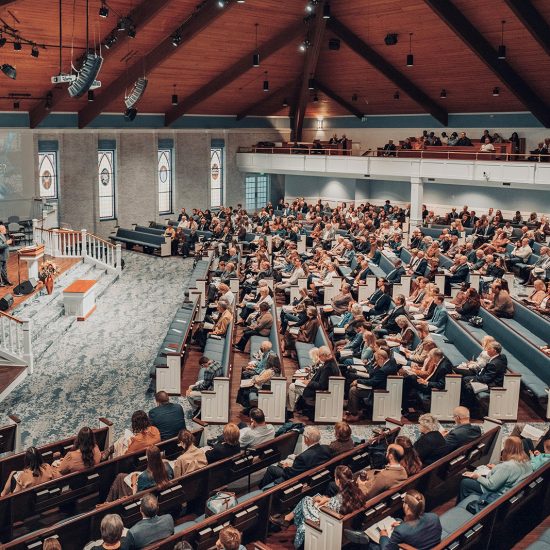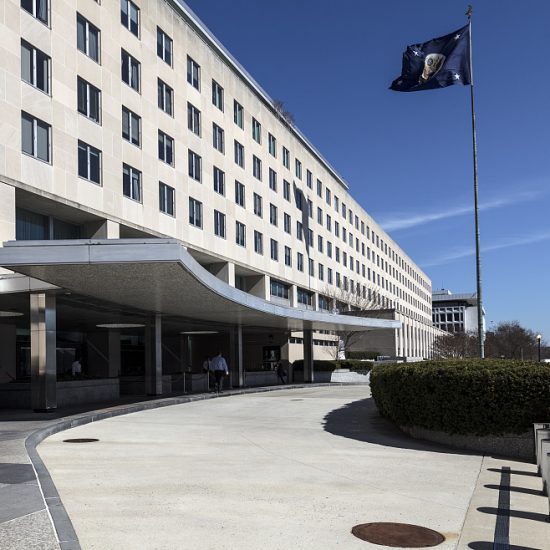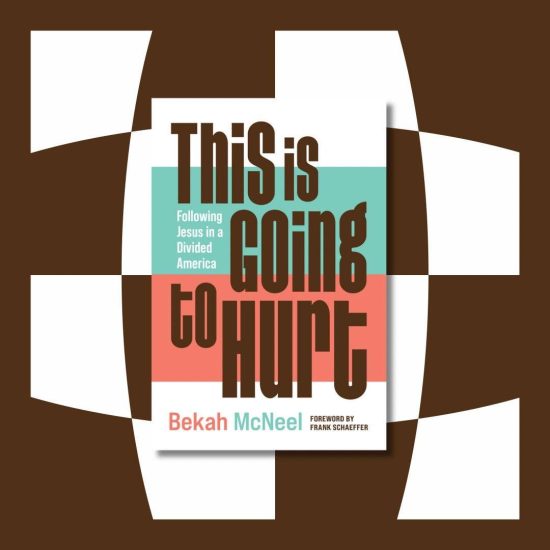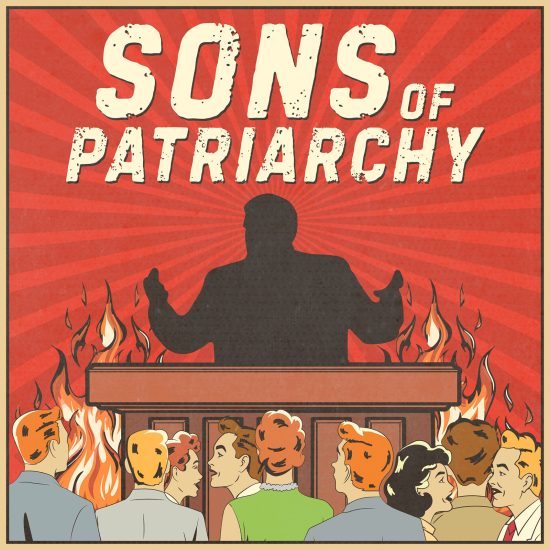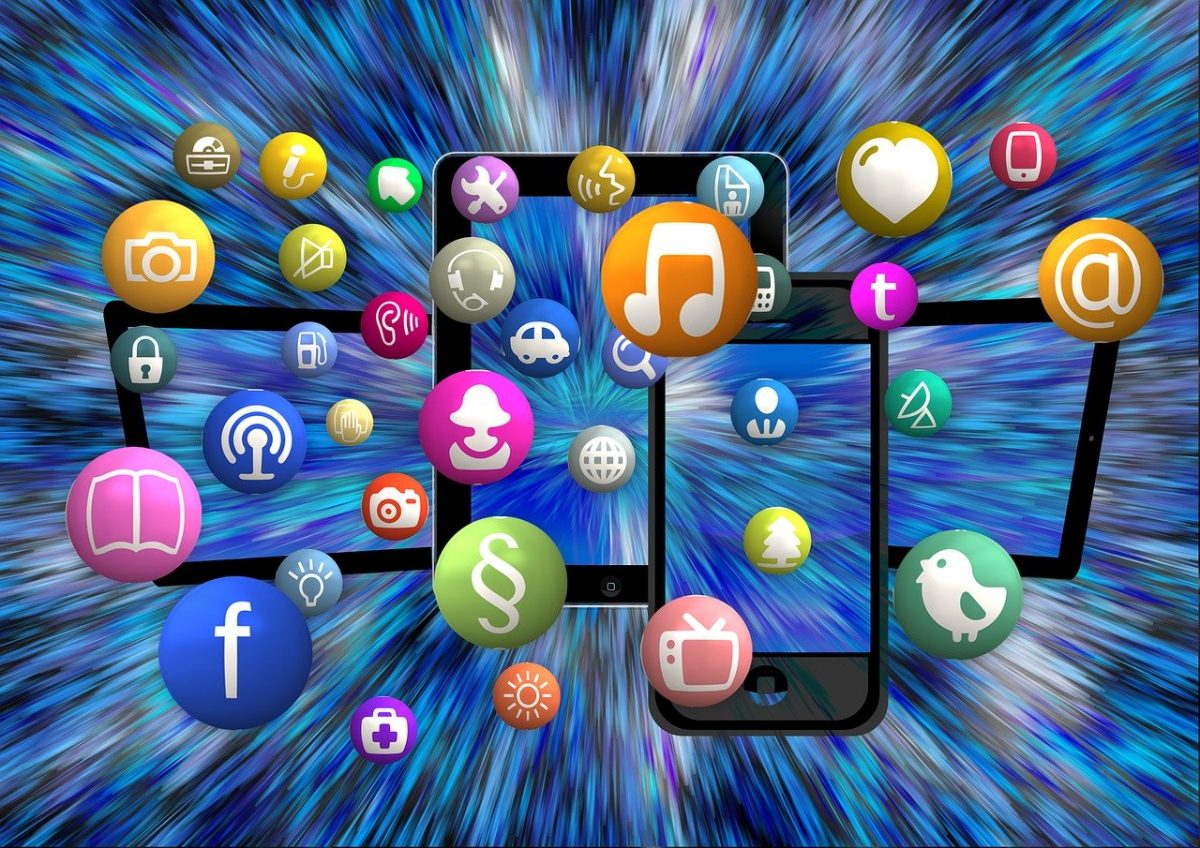

Image by Gerd Altmann from Pixabay
(RNS) — Every few days since the coronavirus pandemic has begun, a familiar cycle transpires online. Somebody talks, half-idealistically, of all the great art that will be made under quarantine. After all, they say, Shakespeare wrote “King Lear” in a quarantine against the plague. Surely, the great Coronavirus Novel is imminent.
Almost immediately, dozens of people reject this idea. All the novels written under, and about, quarantine are destined to be terrible, they say. They’ll all bear the same few trite titles (nearly all: “Love in the Time of Coronavirus,” or some variant on same). They’ll all clamor for the Zeitgeist spot.
It’s easy, of course, to be dismissive of such questions as inherently self-serving: a creative class that is, in large part, going outside to risk exposure as essential workers, recasting a global crisis as a backdrop for its own self-promotion. But it’s also true that, as this pandemic changes the way we engage, perhaps permanently, with both physical and digital space, and as legions of artists now find themselves unable to gather, or rehearse, let alone perform, it’s worth asking what the next generation of art — whether literature, music or theater — will look like.
More to the point — the coronavirus is forcing us to contend with an even wider question implicit throughout the digital age. Not what is art in the time of coronavirus, but what is art in the age of the internet?
With the exception of the mass availability of e-books and streaming video — questions of platform, not content — the internet hasn’t exactly changed much about art itself. With the exception of a couple of films done over Skype, largely as a gimmick (such as the 2014 horror film “Unfriended”), media hasn’t embraced the internet as a cultural force about the way that one might think.
This leaves unaddressed, however, one of the most vital ambiguities of internet culture: It allows us to be disembodiedachieving the dazzling freedom that comes from creating avatars and images untethered to our action reality while engendering intimate contact between people across the globe.
How can art respond to both the possibility of this enhanced intimacy and yet celebrate the internet’s capacity for freedom? This question, in its turn, raises an even wider one: How can the internet allow us to express, and experience, emotional vulnerability — the cornerstone of artistic catharsis? How can we feel like we are of something from such an aesthetic remove?

Musicians from a variety of Pittsburgh churches collaborate to perform “The Blessing,” which was included during many of the Easter online services in the Pittsburgh area. Video screengrab
It’s a question that’s been asked not just by artists but by clergy, as we figure out what presence means in worship in a digital space. What can Evening Prayer offer on Zoom? How can we take spiritual Communion via livestream?
For now, the options we have for worship and gathering feel, understandably, like a second-best option: a tragic absence. But the question of what it means to be digitally present, and what a constructive, rather than merely corrective, theology, and aesthetics, of digital space might look like remains largely unexplored.
That, however, may be changing. Last month, my husband and I were guests at a “personal concert” of one of his favorite artists: the folk singer Joe Pug, whose tour for his new album had been canceled because of the pandemic. Pug offered us (and up to five connections total) an intimate concert: a combination of conversation and request-based songs, slightly reconfigured to match the gentler atmosphere of the event. Songs that we’d heard dozens of times before on Spotify took on new resonance, as they were played not for a hypothetical General Public but specifically for us.
Even videos of artists’ concerts, small and large alike, reflect music played for several people, usually strangers. In this case, Pug played — conversing with us between songs about our interests, dedicating love songs to our recent marriage, and otherwise adapting his performance style to just a couple of people — people he’d never met, whose dialogue informed his work. It gave us the feeling of watching and being seen at the same time.
An actress friend of mine, likewise, is working on a film shot entirely on Zoom — dealing with the isolation of the pandemic through Zoom calls. A film that uses webcams and actors who are physically distanced from one another may well be able to capture the ambiguity of digital presence better than a traditionally shot film, allowing the viewers to take the “place” of other characters as they watch a story via a “webcam view” played out through video chat.
Likewise, the New York Neo-Futurists, who normally perform a variety of experimental theatrical projects in the East Village, are now experimenting with digital form: “Hit Play,” a new podcast, has thus far offered listeners theatrical guided walks around New York, raps, prayers and a crime drama. Several theater companies are offering immersive theater via Zoom: where you can play the role, for example, of a couples therapist, or someone in need of aid at a “magical help desk.”
All of these productions don’t just use the internet as a medium, but play with the very nature of digital isolation and connectedness: the strange interplay of voyeurism and vulnerability that defines our desire to watch others, and our simultaneous fear of and desire to be watched ourselves.
Each of these projects deals less with coronavirus itself than with the social fallout of lockdown, and what it means to be present in a digital age. These are questions that our culture has not satisfactorily asked before the lockdown — and those with which we will have to contend long thereafter. How we inhabit, explore and even become vulnerable in spaces traditionally understood as “disembodied” or “low stakes” is among the most important artistic questions of our digital age.
It’s a question that will define our understanding of presence and absence not just in the artistic sphere, but in the liturgical one as well: how we mediate our relationship to one another through a screen. Now may be the time to answer that.

